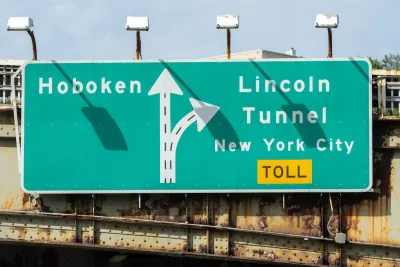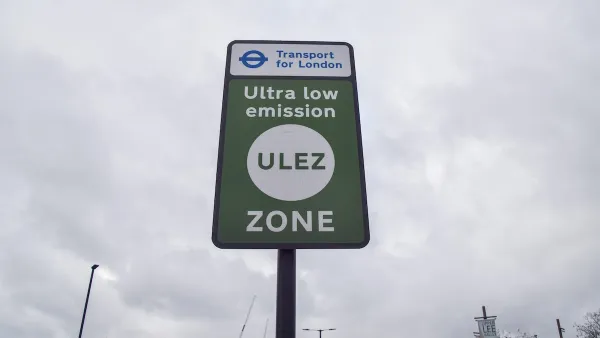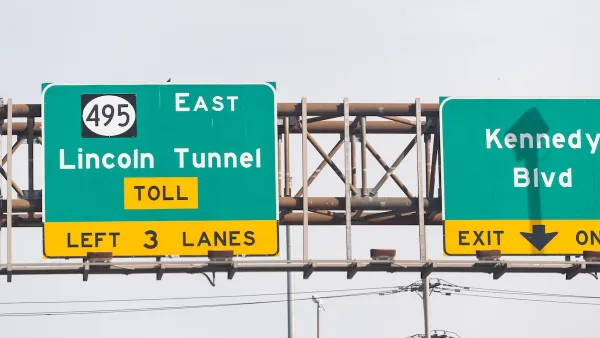The program has taken tens of thousands of vehicles off the city’s roads in its first week.

After a protracted battle to get the program passed, New York City’s congestion pricing program is already yielding positive results, according to a New York Times article by Ana Ley, Winnie Hu, and Keith Collins. Despite opposition from local leaders and residents, only 11 percent of people who work in the tolling zone drove there before congestion pricing began.
Data from the program’s first week reveals “tens of thousands fewer vehicles entering the busiest parts of Manhattan below 60th Street,” although subfreezing temperatures could also have contributed to the drop in traffic. “Yet the data released by the M.T.A. is the first hard evidence that the congestion pricing plan, the first of its kind in the nation, had a promising start toward its ambitious goal of reducing gridlock,” the authors note.
According to the article, vehicles traveling westbound on the Williamsburg Bridge traveled at a speed 45 percent faster than at the same time last year, and commuters say their daily trips are much shorter. Transit buses also experienced shorter trips, with some routes seeing trips four minutes shorter than before.
FULL STORY: Less Traffic, Faster Buses: Congestion Pricing’s First Week

National Parks Layoffs Will Cause Communities to Lose Billions
Thousands of essential park workers were laid off this week, just before the busy spring break season.

Retro-silient?: America’s First “Eco-burb,” The Woodlands Turns 50
A master-planned community north of Houston offers lessons on green infrastructure and resilient design, but falls short of its founder’s lofty affordability and walkability goals.

Delivering for America Plan Will Downgrade Mail Service in at Least 49.5 Percent of Zip Codes
Republican and Democrat lawmakers criticize the plan for its disproportionate negative impact on rural communities.

Test News Post 1
This is a summary

Test News Headline 46
Test for the image on the front page.

Balancing Bombs and Butterflies: How the National Guard Protects a Rare Species
The National Guard at Fort Indiantown Gap uses GIS technology and land management strategies to balance military training with conservation efforts, ensuring the survival of the rare eastern regal fritillary butterfly.
Urban Design for Planners 1: Software Tools
This six-course series explores essential urban design concepts using open source software and equips planners with the tools they need to participate fully in the urban design process.
Planning for Universal Design
Learn the tools for implementing Universal Design in planning regulations.
EMC Planning Group, Inc.
Planetizen
Planetizen
Mpact (formerly Rail~Volution)
Great Falls Development Authority, Inc.
HUDs Office of Policy Development and Research
NYU Wagner Graduate School of Public Service





























